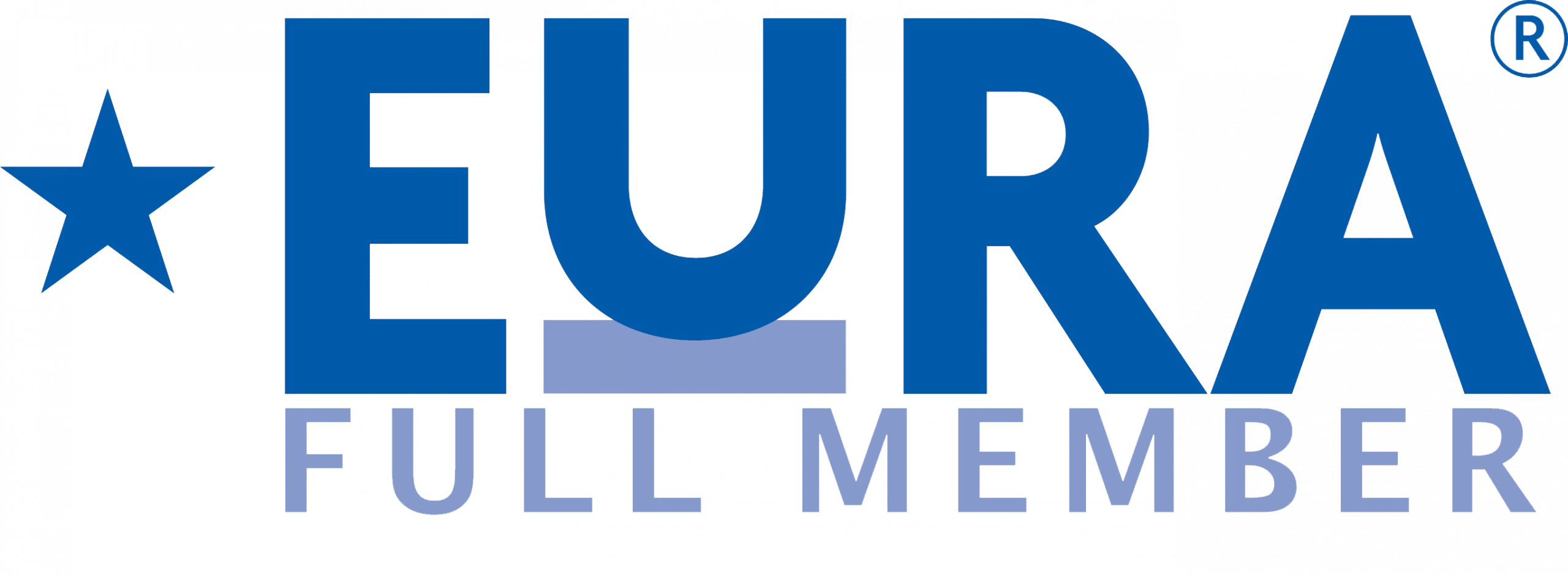
The Best Benefits of a Hot Housing Market
With the housing market continuing to sizzle, and rumors of increasing interest rates swirling, we are seeing more and more questions around Mortgage Interest Differential Assistance (MIDA).
MIDA provisions are very rarely seen in domestic policies today since most companies have taken advantage of the sustained low mortgage interest rates of the past 20 years or so and have discontinued them. Only one Altair client comes to mind that has such a provision in an active policy. That company’s provision applies to current employee (not new hire) transfers and offers coverage of the actual difference in interest rate, up to a maximum of 3%, with the difference applied against the old location mortgage balance, paid in equal installments over 3 years following the move. The new mortgage rate must be at least .5% higher than the rate of the current mortgage to qualify and the payments are not grossed-up.
Establishing a minimum rate increase and providing coverage of only the differential that is greater than the threshold limit are prudent measures. These essentially make any MIDA provision dormant until we see significant rate increases. Until that happens, companies should take time to consider other possible changes to limit future cost exposure. Those targets might include:
- Adopting a declining percentage payout schedule (e.g., 100% year 1; 67% year 2; 33% year 3) rather than paying 100% of the calculated benefit each year for 3 years as currently stipulated
- Adopting a cap, either expressed as a dollar cap or a maximum rate differential that would be covered
- Withholding income taxes from the payments rather than providing gross-up (Most companies don’t gross-up provisions that cover or subsidize tax-deductible mortgage interest, though we recognize there are limits to that deductibility.)
- Removing the provision and only reinstating when such assistance makes a return to the mainstream (The downside of keeping it in place, even if unused, is that it advertises a future commitment to coverage that may become outdated relative to common practices that emerge in a future higher rate environment.)
What Companies Should Consider
So, should companies be considering reinserting or revisiting a MIDA benefit based on the potential for interest rate increases? As already noted, any interest rate increases anticipated will likely be marginal versus significant. Even a marginal increase bringing interest rates into the 4%-4.5% range wouldn’t bring us back to where interest rates were even back in 2018 (4.86% in October 2018).
That means if a client offers a MIDA, they may be putting the employee in a difficult situation if the employee moves again in a few years when interest rates may have increased again. So, if a client offers a MIDA and that benefit brings an employee down from 4.5% to 3% and then in 2-3 years, interest rates increase to 5.5% (still not ridiculously high, looking back historically), the employee is now facing a 2.5% interest rate differential versus a 1% differential. Also, most MIDA policy provisions have a threshold, e.g., the interest rate must increase by a specified amount, and it’s typically a minimum of 3%. The purpose of the threshold is to ensure the benefit is available to employees who move and experience a significant increase in interest rates…not a marginal increase.
Before interest rates increase significantly (and we do not have any indication we’re facing a significant increase in the near future), now would be a good time for companies to review any existing MIDA policy they may have in place and ensure there is a threshold specified in addition to ensuring the benefit is paid out on a declining scale over 3-5 years.
Other creative practices companies may be considering in this hot housing marketing include the following:
- Rental incentives (Maybe an option for homeowners moving into highly competitive sellers’ markets and/or in cases where it is known that the homeowner will move again under a company-initiated transfer within a short time frame.)
- Re-learning the perennial best practices (Whereby companies put an emphasis on connecting homeowners with qualified, relocation-experienced agents, offering home sale incentives and early access to equity via loans/advances.)
- Exploring any opportunities to improve the cash position of home buyers (This could include advancing COLA payments, MEAs or any other cash-based allowances/provisions.)
Companies would be wise to consider communications to relocating employees moving into the more active, overly heated housing markets with a “buy at your own risk” caveat. In many markets, real estate inventory is incredibly low and home prices have been exaggerated. Consistent communication to relocating employees around making smart, sound home purchase decisions is crucial. Some companies may choose to go as far as to alert employees that the company will not provide financial assistance in the case of an employee making a rush purchase decision on a home with an inflated price tag.
About Global Consulting Services:

One size doesn’t fit all when it comes to our Client Partners’ programs, policies and cultures. In order to deliver an unmatched mobility experience, we provide expert recommendations and insights to build and strengthen our clients’ benefit offerings to meet their overall business and talent mobility objectives for the future. Working with more than 100 companies each year, Altair’s Global Consulting Services team takes a holistic approach to mobility by arming clients with first-rate data, research and trend information to find the best relocation and mobility solutions for your employees, your mobility program and your company.
Share This Story, Choose Your Platform!
With the housing market continuing to sizzle, and rumors of increasing interest rates swirling, we are seeing more and more questions around Mortgage Interest Differential Assistance (MIDA).
MIDA provisions are very rarely seen in domestic policies today since most companies have taken advantage of the sustained low mortgage interest rates of the past 20 years or so and have discontinued them. Only one Altair client comes to mind that has such a provision in an active policy. That company’s provision applies to current employee (not new hire) transfers and offers coverage of the actual difference in interest rate, up to a maximum of 3%, with the difference applied against the old location mortgage balance, paid in equal installments over 3 years following the move. The new mortgage rate must be at least .5% higher than the rate of the current mortgage to qualify and the payments are not grossed-up.
Establishing a minimum rate increase and providing coverage of only the differential that is greater than the threshold limit are prudent measures. These essentially make any MIDA provision dormant until we see significant rate increases. Until that happens, companies should take time to consider other possible changes to limit future cost exposure. Those targets might include:
- Adopting a declining percentage payout schedule (e.g., 100% year 1; 67% year 2; 33% year 3) rather than paying 100% of the calculated benefit each year for 3 years as currently stipulated
- Adopting a cap, either expressed as a dollar cap or a maximum rate differential that would be covered
- Withholding income taxes from the payments rather than providing gross-up (Most companies don’t gross-up provisions that cover or subsidize tax-deductible mortgage interest, though we recognize there are limits to that deductibility.)
- Removing the provision and only reinstating when such assistance makes a return to the mainstream (The downside of keeping it in place, even if unused, is that it advertises a future commitment to coverage that may become outdated relative to common practices that emerge in a future higher rate environment.)
What Companies Should Consider
So, should companies be considering reinserting or revisiting a MIDA benefit based on the potential for interest rate increases? As already noted, any interest rate increases anticipated will likely be marginal versus significant. Even a marginal increase bringing interest rates into the 4%-4.5% range wouldn’t bring us back to where interest rates were even back in 2018 (4.86% in October 2018).
That means if a client offers a MIDA, they may be putting the employee in a difficult situation if the employee moves again in a few years when interest rates may have increased again. So, if a client offers a MIDA and that benefit brings an employee down from 4.5% to 3% and then in 2-3 years, interest rates increase to 5.5% (still not ridiculously high, looking back historically), the employee is now facing a 2.5% interest rate differential versus a 1% differential. Also, most MIDA policy provisions have a threshold, e.g., the interest rate must increase by a specified amount, and it’s typically a minimum of 3%. The purpose of the threshold is to ensure the benefit is available to employees who move and experience a significant increase in interest rates…not a marginal increase.
Before interest rates increase significantly (and we do not have any indication we’re facing a significant increase in the near future), now would be a good time for companies to review any existing MIDA policy they may have in place and ensure there is a threshold specified in addition to ensuring the benefit is paid out on a declining scale over 3-5 years.
Other creative practices companies may be considering in this hot housing marketing include the following:
- Rental incentives (Maybe an option for homeowners moving into highly competitive sellers’ markets and/or in cases where it is known that the homeowner will move again under a company-initiated transfer within a short time frame.)
- Re-learning the perennial best practices (Whereby companies put an emphasis on connecting homeowners with qualified, relocation-experienced agents, offering home sale incentives and early access to equity via loans/advances.)
- Exploring any opportunities to improve the cash position of home buyers (This could include advancing COLA payments, MEAs or any other cash-based allowances/provisions.)
Companies would be wise to consider communications to relocating employees moving into the more active, overly heated housing markets with a “buy at your own risk” caveat. In many markets, real estate inventory is incredibly low and home prices have been exaggerated. Consistent communication to relocating employees around making smart, sound home purchase decisions is crucial. Some companies may choose to go as far as to alert employees that the company will not provide financial assistance in the case of an employee making a rush purchase decision on a home with an inflated price tag.
About Global Consulting Services:

One size doesn’t fit all when it comes to our Client Partners’ programs, policies and cultures. In order to deliver an unmatched mobility experience, we provide expert recommendations and insights to build and strengthen our clients’ benefit offerings to meet their overall business and talent mobility objectives for the future. Working with more than 100 companies each year, Altair’s Global Consulting Services team takes a holistic approach to mobility by arming clients with first-rate data, research and trend information to find the best relocation and mobility solutions for your employees, your mobility program and your company.







